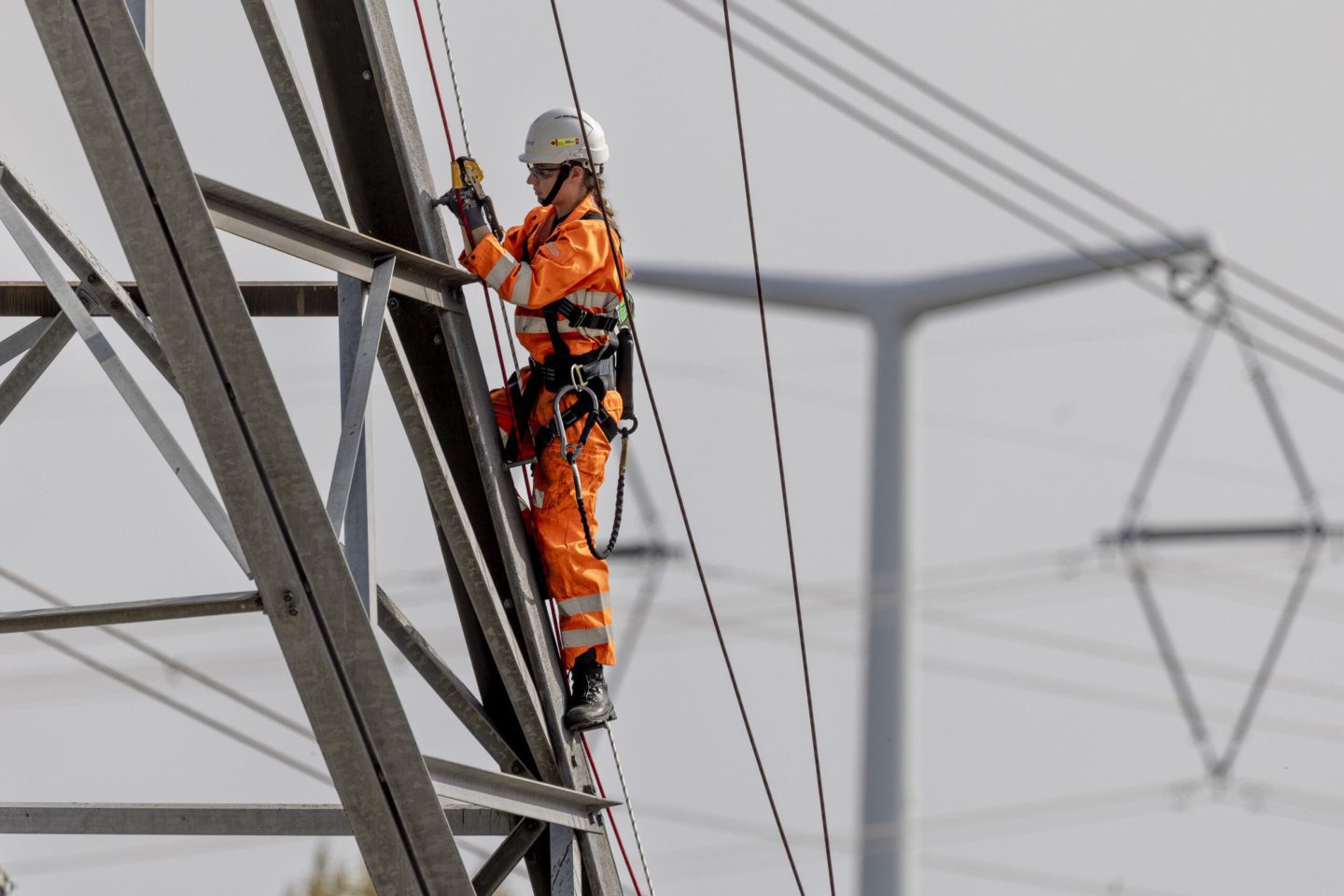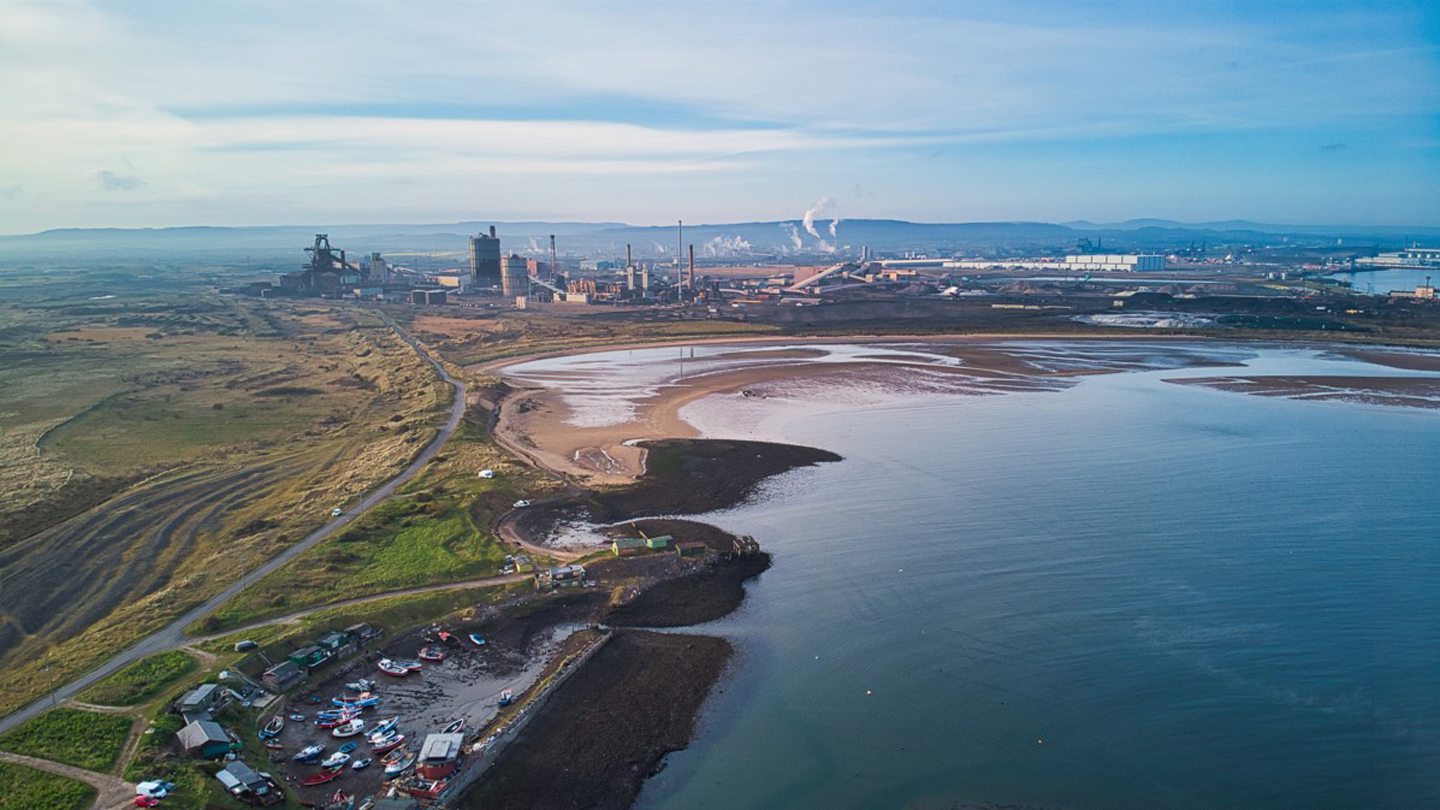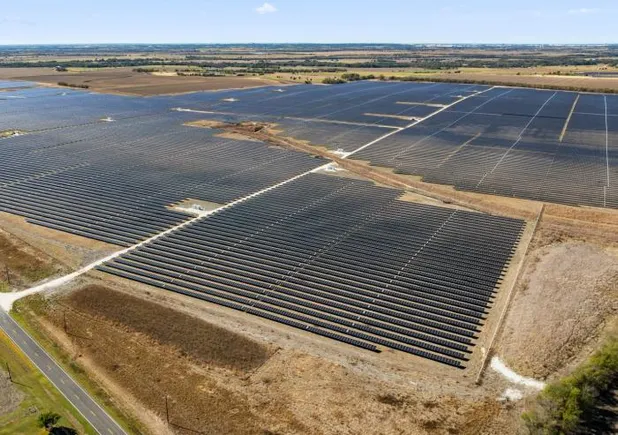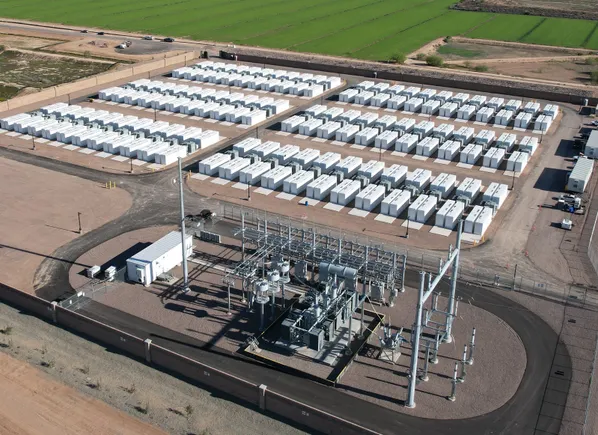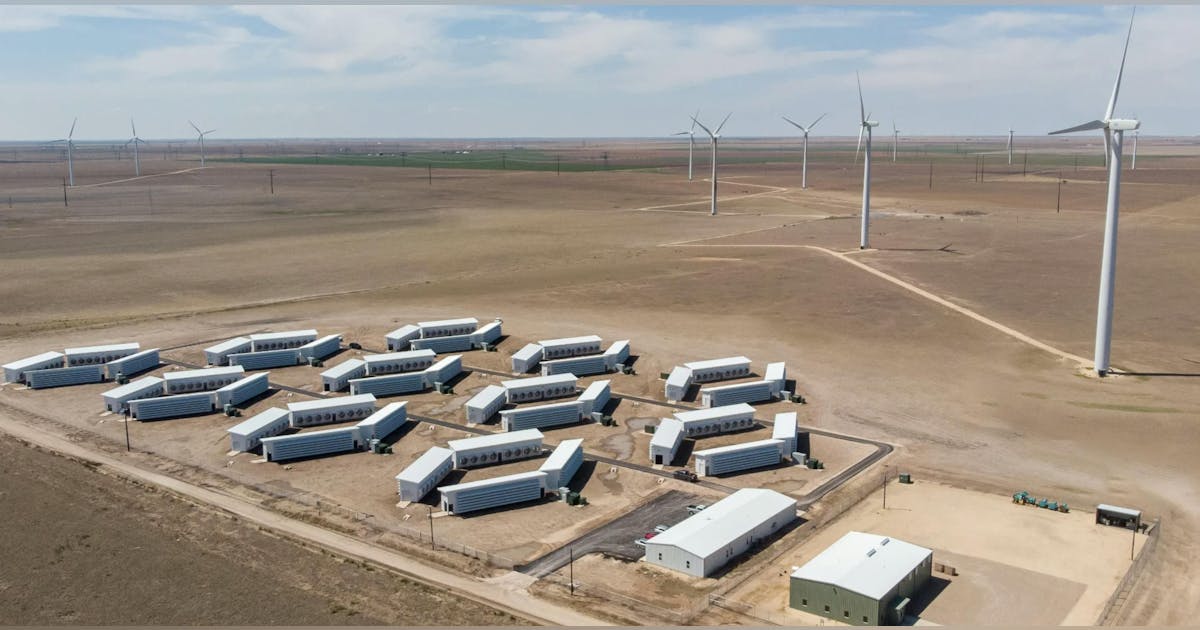
The scale and speed of the power outage that brought much of Spain and Portugal to a standstill on Monday have raised significant concerns both regionally and internationally.
That’s what Rystad Energy stated in a market update sent to Rigzone by the Rystad team on Tuesday, which was penned by the company’s senior analyst Pratheeksha Ramdas.
“Spain’s national grid operator, Red Electrica (REE), and Portugal’s E-Redes are investigating the exact causes that led to abnormal oscillations in the high-voltage lines and synchronization failures across the interconnected power grid into France,” Rystad said in the update.
“As power has now returned to large parts of the region, the generation mix in each country played a significant role in both the failure and the recovery, preliminary Rystad Energy analysis shows,” it added.
Rystad noted in the update that the blackout began with a sharp fluctuation in the Spanish electricity grid, which it said caused the entire electricity system to disconnect from the rest of the European system at around 12.30pm on Monday.
“Within minutes, the intense fluctuations led to a complete collapse of the Spanish mainland’s electricity transmission grid,” Rystad highlighted.
“The failure had an immediate impact on everyday life, with metro systems grounding to a halt across multiple cities, forcing emergency evacuations of underground transport, while airports, traffic signals, and communications networks ceased functioning,” it added.
Rigzone experienced the power outage in Lisbon, Portugal, first-hand, seeing several nonfunctional traffic lights and several petrol stations closed around the area on Monday.
In a statement posted on its official X account on Monday, which was translated from Portuguese, the Portuguese government said the GNR (Guarda Nacional Republicana) “appeals to the population to remain calm and serene, paying special attention to road traffic due to the lack of traffic lights, and remains available to provide support through regular contacts”.
A statement posted on the government’s X account earlier on the same day stated that the GNR “is escorting the transport of fuel to critical infrastructures, such as hospitals, and reinforcing policing and surveillance in commercial areas and gas stations”.
In a statement posted on its X account on Tuesday, the Portuguese government outlined that, in terms of electricity, the country was “connected”, and that there was “standardized supply” in terms of fuel.
The Lead up to the Outage
Rystad noted in its update that, in the hours leading up to the outage, Spain’s electricity system was operating near midday peak levels.
“Demand hovered around 27,500 megawatts (MW), largely supplied by a mix of solar PV and onshore wind, natural gas, and some residual nuclear generation,” Rystad said in the update.
“Portugal was managing steady demand at around 8,000 MW, largely reliant on hydro, wind, and some imported electricity from Spain,” it added.
“Meanwhile, France, with its stable nuclear-heavy grid, maintained output above 55,000 MW and continued to export surplus electricity across its borders,” it continued.
Rystad said in the update that this regional interdependence is typically a strength but added that it became a stress point in this instance.
“Spain has traditionally relied heavily on electricity imports from France, with the notable exception of 2022 when extensive nuclear maintenance in France temporarily turned Spain into a net exporter,” Rystad highlighted in the update.
“Typically, Spain also transfers a portion of the imported power to Portugal to help balance the renewable-heavy grids of both countries. In 2024, Spain imported approximately 10.1 GWh from France, while its exports to Portugal rose to 14 GWh,” it added.
“During the outage, France’s grid operator RTE activated automated safety mechanisms that severed the interconnectors, isolating the Iberian Peninsula to prevent the instability from spreading into Central Europe,” it continued.
“As a result, Portugal was suddenly cut off from external power at a time of generation failure, forcing it into an immediate energy deficit. Spain, likewise, lost both French imports and its own internal supply, creating a shortfall of more than 10,000 MW during the event,” it went on to state.
France’s Role
Rystad highlighted in the statement that France’s role in the crisis was critical.
“Although its grid remained stable, the sudden drop in Iberian demand forced the country to temporarily reduce generation output and re-route its energy flows,” Rystad said.
“Notably, the Golfech Nuclear Power Plant in the Occitanie region of France was reportedly forced to shut down around 12:30 – 12.45pm – the same time the Iberian outage occurred – indicating a likely link through grid-wide frequency disturbance,” it added.
“Once stability was partially restored in Spain, France resumed limited exports to assist with recovery. By late afternoon, France was ready to export back into Spain, helping to jumpstart grid rebalancing and allowing Spain to support Portugal through secondary interconnection lines,” it continued.
Generation Mix
Rystad went on to state in the update that the generation mix in each country played a significant role.
“Portugal’s renewable generation was hit the hardest, with wind output collapsing by more than 54 percent during the outage,” Rystad said in the update.
“High solar generation also contributed to initial grid fluctuations, as solar accounted for around 29 percent of Spain’s total generation at the time of the event, making the system more sensitive to voltage instability,” it added.
“France’s nuclear fleet, however, provided steady baseload generation throughout the event, giving it the ability to respond swiftly once interconnectors were re-engaged,” it continued.
Rystad highlighted in its update that, by the end of Monday, power was partially restored across the Iberian Peninsula. In one part of Lisbon, Rigzone saw power return on Monday evening to the sound of cheers from residents.
“The supply-demand gap during the critical 2–3 hour window left millions without electricity and highlighted how dependent the region has become on cross-border balancing,” Rystad noted in its update.
“Spain’s net power exchange flipped from exporter to importer, while Portugal’s complete reliance on imported power during grid stress exposed a lack of domestic flexibility and storage,” it added.
“France, meanwhile, demonstrated the benefits of a stable, diversified and partially insulated grid but also faced the challenge of adjusting flows without advance notice,” it went on to state.
Rigzone has contacted Spain’s Ministerio para la Transición Ecológica y el Reto Demográfico, REE, Portugal’s Ministério do Ambiente e Energia, E-Redes, France’s Ministry of Industry and Energy, and the market services division of RTE for comment on Rystad’s update. At the time of writing, none of the above have responded to Rigzone.
To contact the author, email [email protected]






